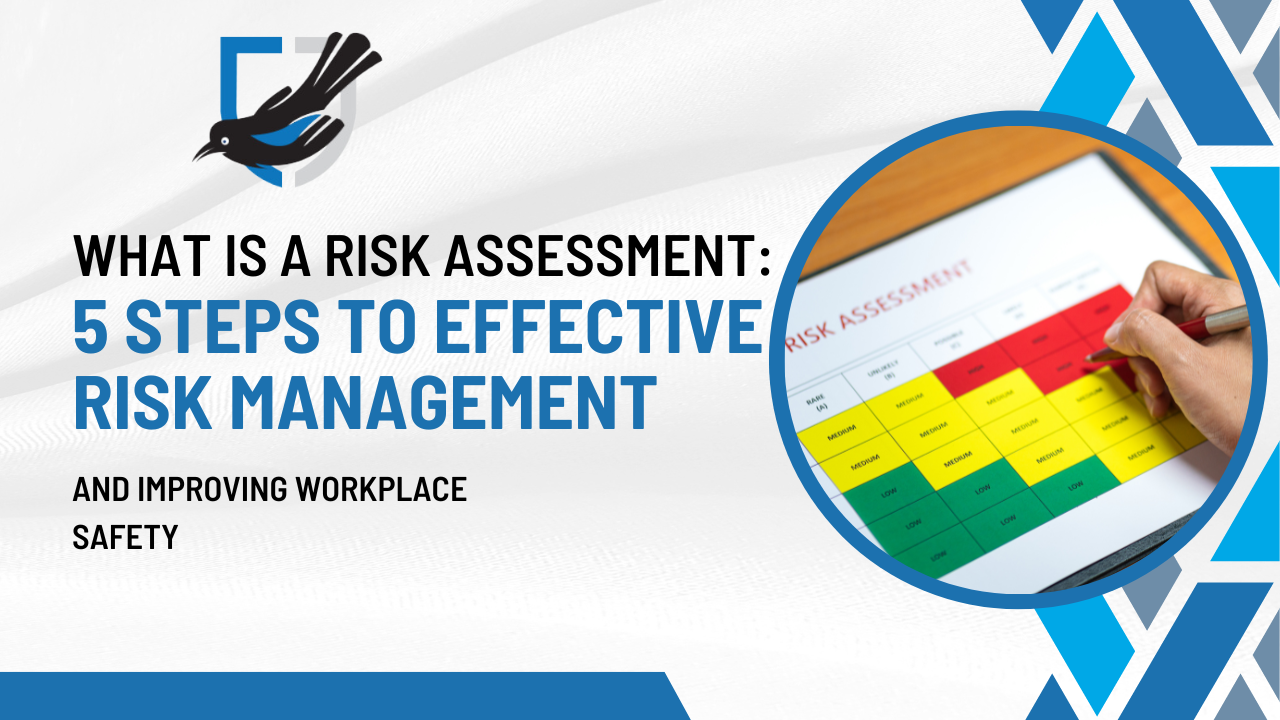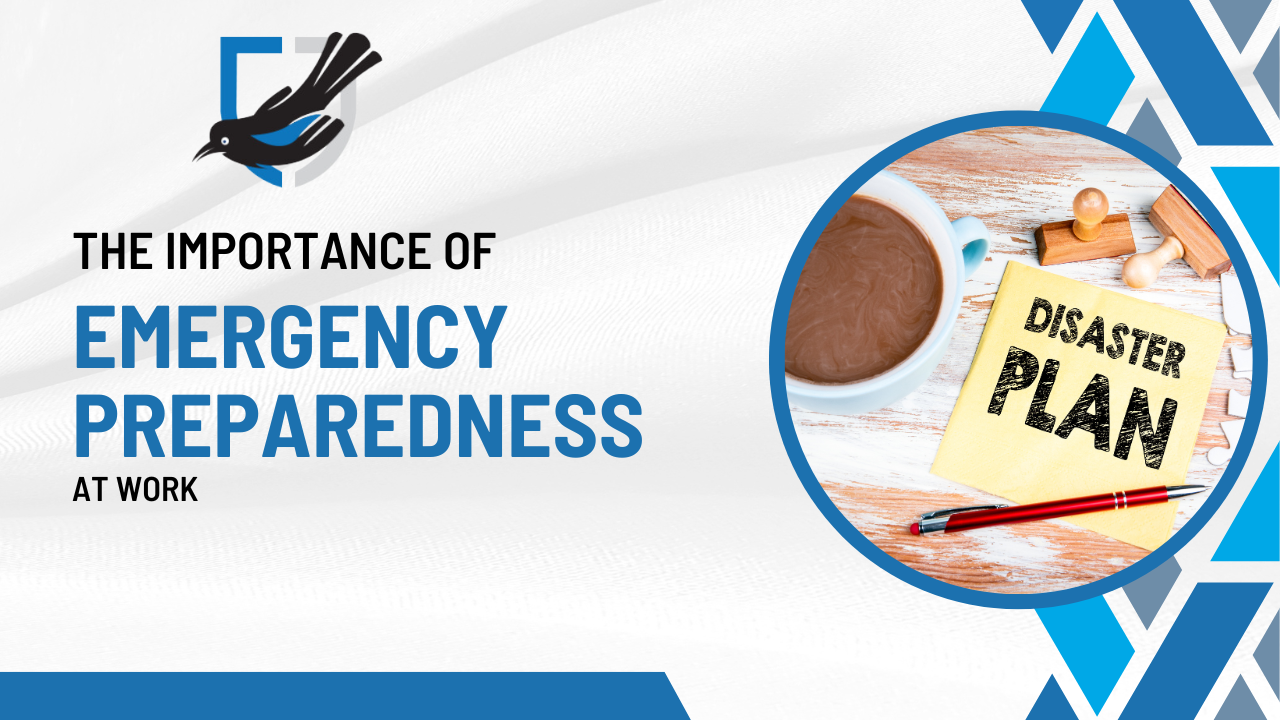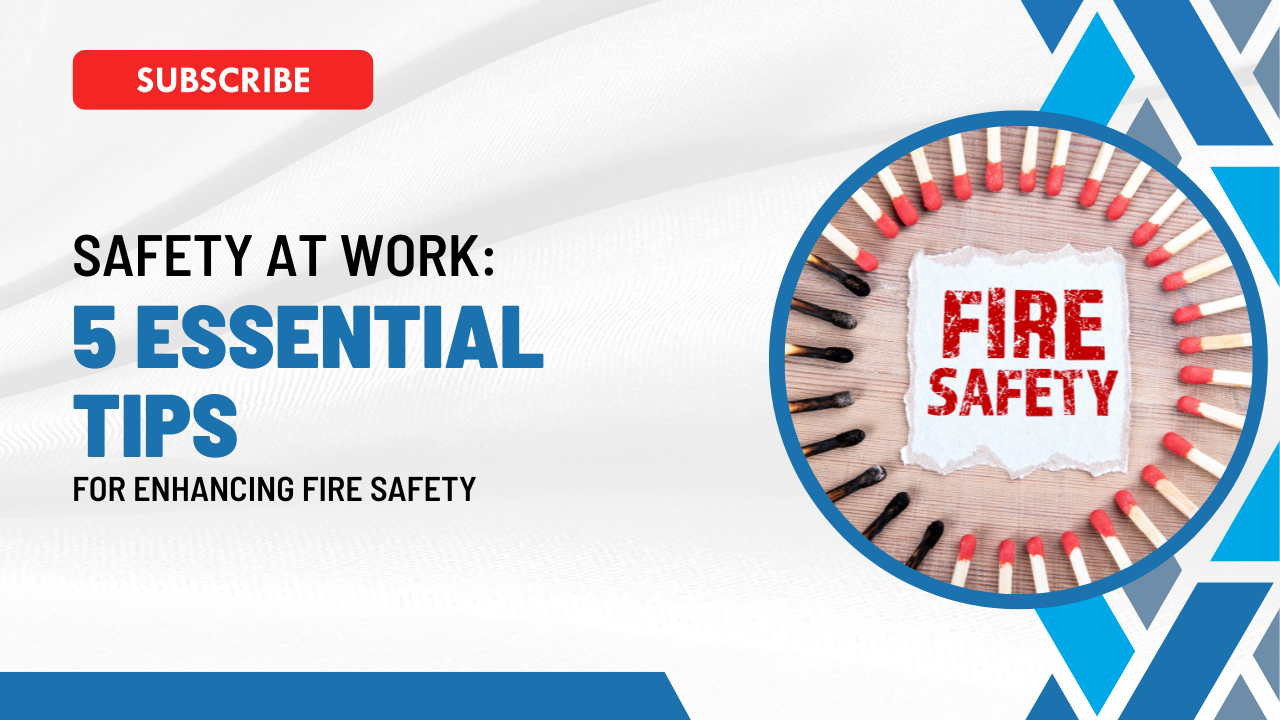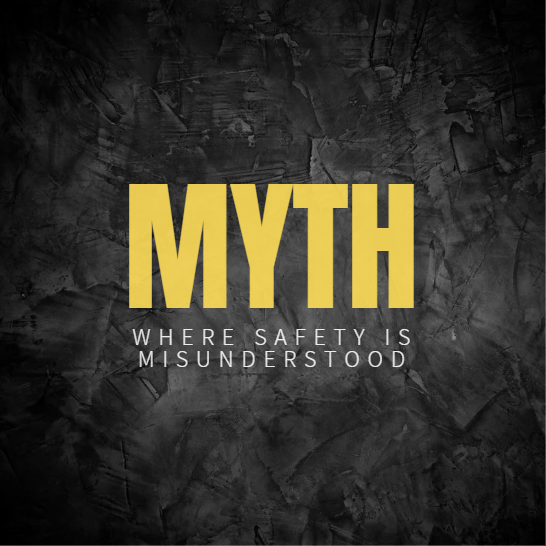Safety is NOT your priority
Thomas Sproston • 18 March 2021
It just isn’t and nor should it be. Here’s Why….
As an entity: business, charity or another form– you absolutely must not forget your reason for existing! A business exists to make cash for the shareholders, a charity exists to help its beneficiaries, a Community Interest Company exists to help its community. Striving for achievement of and improvement of performance against this reason for your existence should be your first priority.
Also - priorities change.
But it’s often claimed that entities should not compromise their values in their pursuit of furthering their existence. This is where safety comes in – it should be considered as a value that absolutely cannot be compromised in pursuit of their existence. You must do what you do to the best of your abilities and desired, but you must do that without compromise to acceptable levels of safety.
By compromise I’m not talking about a state achieved after consideration of performance against a particular risk and subsequent non-implementation of safety measures (I’ll discuss this proportionality concept at a later date) – I’m talking about not compromising your values in respect safety; not accepting anything less than what you desire (or require, if you haven’t yet specified a more arduous desire).
It is only a compromise of your values in respect of safety than can cause a reduction in the level of safety – hold it in suitably high regard, implement appropriate management systems, measures and build and maintain the proper culture – and your safety performance will look after itself.
Equally; appropriate strategies, systems and culture will not impede the entity’s performance in achieving it’s reason for existing - done properly, they will actually complement and improve the performance substantially!

Explore the crucial role of fostering positive employee-employer relationships in creating a safe and healthy workplace. Learn how encouraging reporting, enhancing compliance, building a strong safety culture, and supporting mental well-being can improve overall health and safety in your organisation.
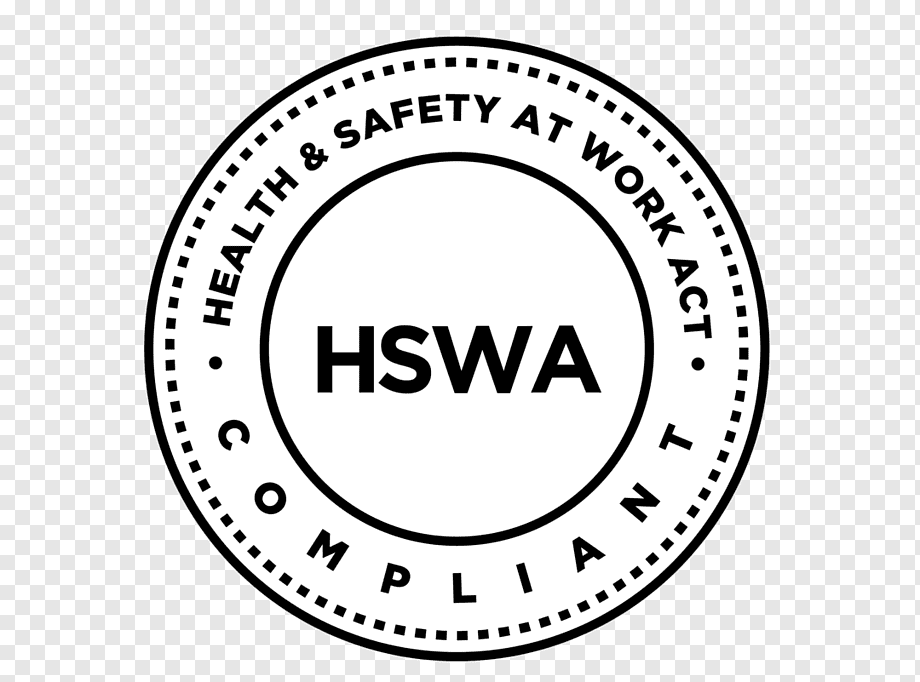
we delve into the intricacies of the Health and Safety at Work Act, the primary legislation governing workplace safety in the UK. Employers play a crucial role in upholding their legal duties and protecting their workforce from potential hazards. Learn about conducting risk assessments, implementing control measures, and fostering a safer work environment to ensure compliance and enhance workplace welfare. Discover how understanding and adhering to the HSWA can create a secure and healthy workplace for all.

Stress is a constant factor in the workplace and studies have shown that the effects of long-term stress can impair performance and diminish health. While it can be difficult to identify signs of stress in others, there are some clues you should look out for. Read on to learn more about identifying and managing work-related stress. A ‘stressed workplace’ is not an uncommon scenario, especially in work environments with high turnover rates or a big workforce. Many causes of such work-related stress include heavy workloads, conflicts with co-workers or bosses, job insecurity and long hours. When employees are experiencing stress, it can have many negative impacts on the workplace. This involves things such as, increased absence and a decrease in creativity and productivity, also offsite, one may struggle with anxiety, depression, sleeping and breathing difficulties. Things to look out for as an employer: changes in an employee’s normal behaviour general unpredictability raised irritability poor team mentality being more withdrawn then usual uncharacteristic behaviours Change in their appearance. Sudden Lack of concentration/commitment All these things are potentially things which could lead to disciplinaries and in some cases firings. To prevent this from happening, employers have created detailed human resource policies that outline specific procedures for identifying and managing stress at work.

